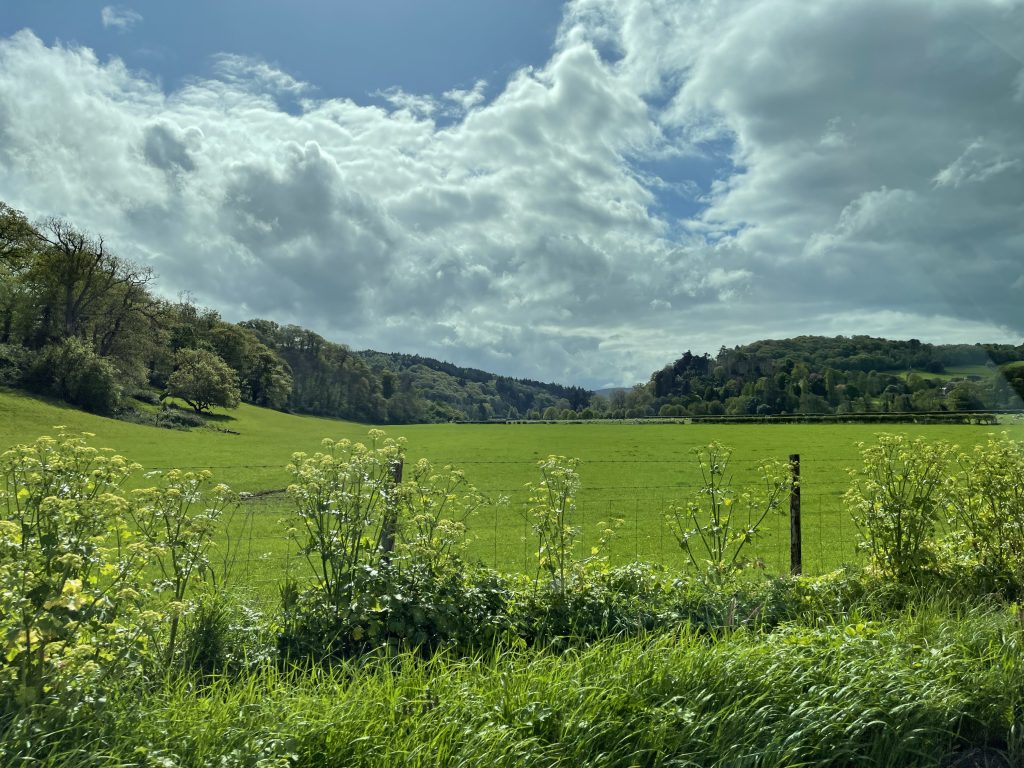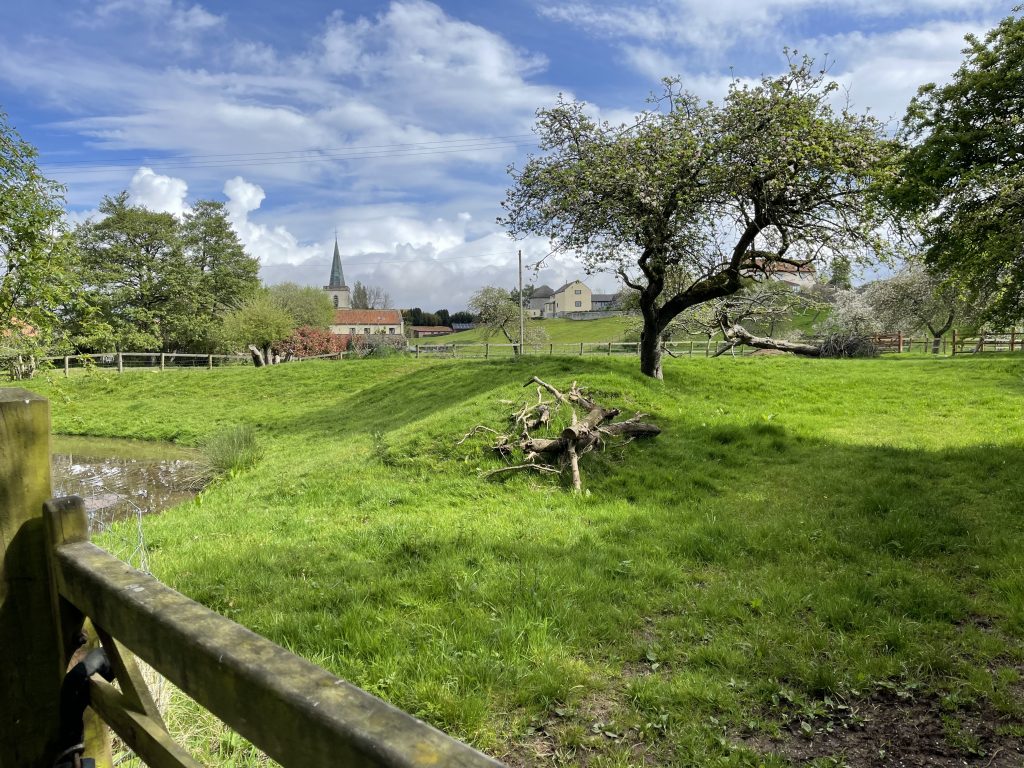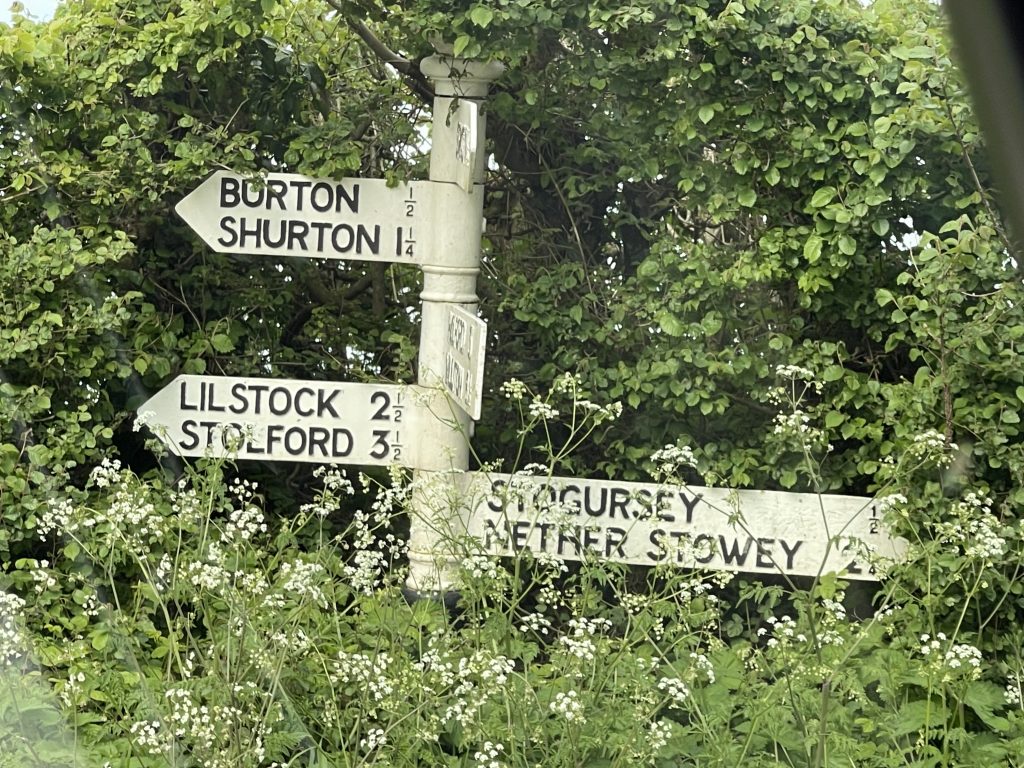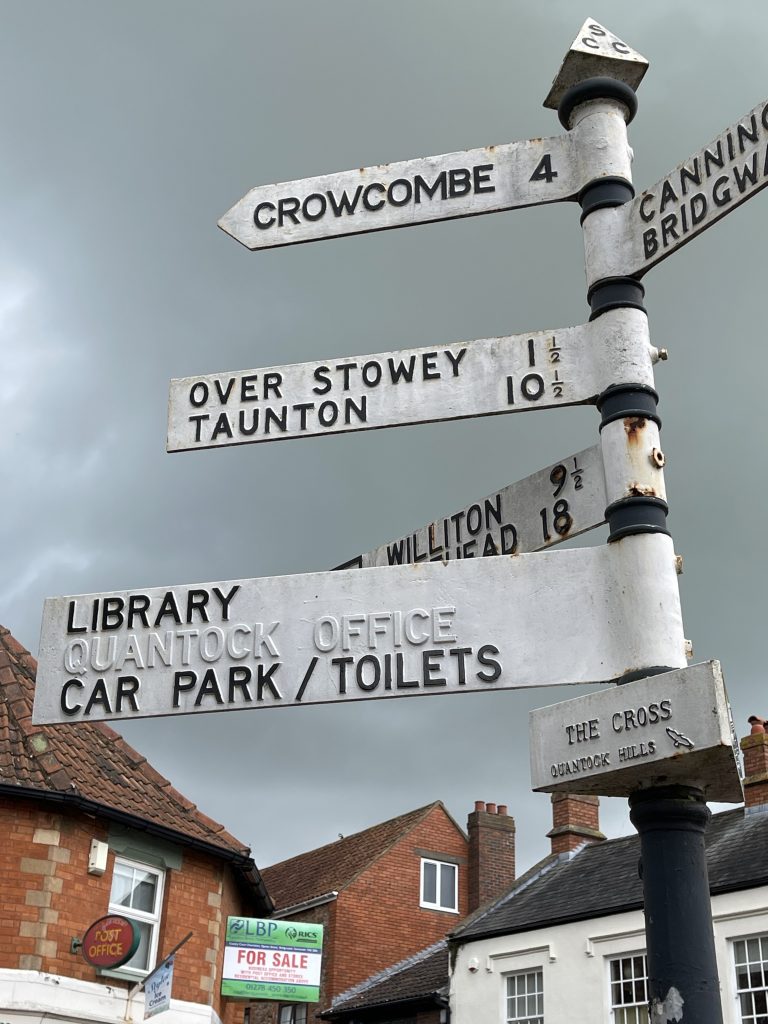Travels with My Ancestors #4: People of the West Country – the Newtons
This is the fourth in the ‘Travels with My Ancestors’ series. You may like to read the first in the series to provide context – you can find it here.

Beautiful Bath Abbey My little travel party drive out of Bath, Somerset’s – and arguably England’s – most beautiful city. The gracious buildings of smooth Bath stone carry echoes of Georgian prosperity and indulgence, while the Roman baths and statues and the soaring Abbey remind us that people have worshipped and socialised here for more than a millennia.
Now we venture into the unknown – rural Somerset. My father’s forebears hailed from a cluster of small villages that circle the Quantock Hills in the northwest of the county. As we leave the busyness of Bath behind us, the landscape changes almost immediately, from crowded streets and town houses to lush, green farmland blanketing gentle slopes. Black faced sheep and spring lambs are dotted across the fields, their woolly bodies a contrast beside the vivid yellow of canola crops.



The Somerset Newtons were not people of means. Most worked as labourers on the many farms of the district, though there were occasional tradesmen such as butcher or carpenter, skilled trades in demand everywhere. Farms and farming have changed and grown since the seventeenth and eighteenth centuries, but the soil the Newton men and women tilled and the animals they tended, are much the same today.
The villages connected with the Newtons and the families they married into have almost unbearably quaint names: Crowcombe, Combe Florey, Nether Stowey, Bradford on Tone, Dunster. From Australia I have been searching out these names on Google Maps, drilling down to Street view on Google Earth to glimpse the places the Newtons called home. I was delighted when thatched cottages, green fields and timbered woodlands appeared on my screen: many of these places were still small rural settlements; the years had not transformed them or carved multi-lane highways through their hearts.



Now, I am here in person, for real, to see and smell and hear these places I’d been learning and writing and dreaming about for the past three years.
I am excited, of course. Mixed in with that is a hard to define emotion. A sense of arriving at a place that some part of me recognised. Despite all my research, Googling and map reading, I had not really known what to expect. A backwater, left forlorn as other parts of the county progressed into the modern age? Tattered villages populated by elderly folk suspicious of ‘outsiders’?
Instead, what I find are stunning landscapes and well-preserved towns and hamlets. The pleasure and relief I feel is almost overwhelming, and surprising. I feel connected with this country in a visceral, unexpected way.
This is the West Country, the land of origin of my father’s people, and I am loving what I see.
Village Life
Of all the villages, the one in which I will leave a little piece of my heart is Crowcombe. Here I visit the wonderfully named Church of the Holy Ghost, where I stand at the baptismal font where generations of Newton babies were welcomed into the community of the then Church of England, back to at least 1630.


Like pretty much all of the village and parish churches I’ve gazed at on this visit, the Norman era tower is very tall and square. Sometimes they look more suited to top a castle than a place of worship. Inside, though, it’s a different story.
This particular church is famous for its mediaeval intricately carved bench ends: the wooden partitions at the end of each pew. They break the mould of church decorative art, depicting among the Christian symbols an array of folk tales and pagan imagery. The most imaginative ones, in my opinion, are those that tell of the battle between two men and a giant and fearsome ‘Gurt worm’, a kind of dragon, which they cleave in two. The divided creature went on to form two local hills. As I snap photos of these vivid carvings, I imagine young Newton children endeavouring to sit still during Sunday service, being transported out of the church into a world of legends from Somerset’s past.

Carved pew ends at Crowcombe church 
The Crowcombe pub, the Carew Arms, has been the village meeting and drinking place since the 1500’s, when it was known as the Lion, then the Three Lions. Many Newtons would have enjoyed an ale or a local Somerset cider there. Today the pub shows its venerable age: the flagged floor, low heavy beams along the ceiling, and the stables (the stalls now cleverly converted to booths.)
There remains a sense of community and connection in the village. The Carew family have lived in the manor house for centuries, and continue their time-honoured role of support for community projects and events. In the village I spot a lovely mural of tiles, a Covid lockdown initiative, in which residents were invited to decorate a tile. It now hangs proudly on the wall of the pub.

The Crowcombe Mural, a Covid community project 
It is Coronation weekend when we visit (the May 2023 Coronation of King Charles III) and Crowcombe, along with most of the villages and towns we pass through, is celebrating with a village BYO picnic in the field of one resident. I’m an avowed Republican but I am moved at the level of community connection this event has inspired.
Coincidence? Or a new family mystery to investigate
In Nether Stowey’s Church of St Mary, my husband spots a plaque on the wall commemorating three members of the Buller family. Husband Robert Beadon Buller and his wife Ann, both of whom died and were buried in the churchyard in 1841. Their son, also Robert Beadon Buller, was also remembered there after his death in 1880.

Martha Buller married a Newton man in that church in 1798. Were the Buller family members on the plaque related to Martha? Looking at the birth and death dates, it seems possible that Martha and the elder Robert were siblings, cousins, or some other close family relationship.
The intriguing thing is that ‘Beadon’, the Buller father and son’s middle name, is a name that appears several times in the Newton family tree. I have always assumed that it was a Newton family tradition – but is it possible it came from the Buller family, brought with Martha to the Newton line when she married? If Robert Beadon turns out to be her relative, that theory might well hold water.
That same day, a Crowcombe local suggests we look at a house in the village Main Street, which has ‘Beadon’ on a name plate on its front fence. Then I turn around and – directly opposite – there is a house with the name Newton Cottage on its gate. A coincidence? The tingle in my fingers and toes suggests not. I learn that Newton Cottage was built in the 1870’s – after my Newtons had emigrated to Australia – but surely the people who built and lived in that cottage were part of the larger Newton clan in and around the village. And surely, Beadon could be connected somehow.
For now, I don’t know, but it’s a theory I will be exploring once I am back home in Australia. The tingling fingers and toes can’t be wrong. Or perhaps I will uncover some other previously unknown connection or branch of the family tree.


As we leave Somerset, I feel an invisible skein unravelling behind me, connecting me to this West Country, the land from where the Australian Newtons came, one hundred and eighty years ago. I take with me that connection, surprising but so very welcome, and I hope I will return one day.
All photos by the author
For more stories from my Travels with My Ancestors, you can subscribe to my blog.

